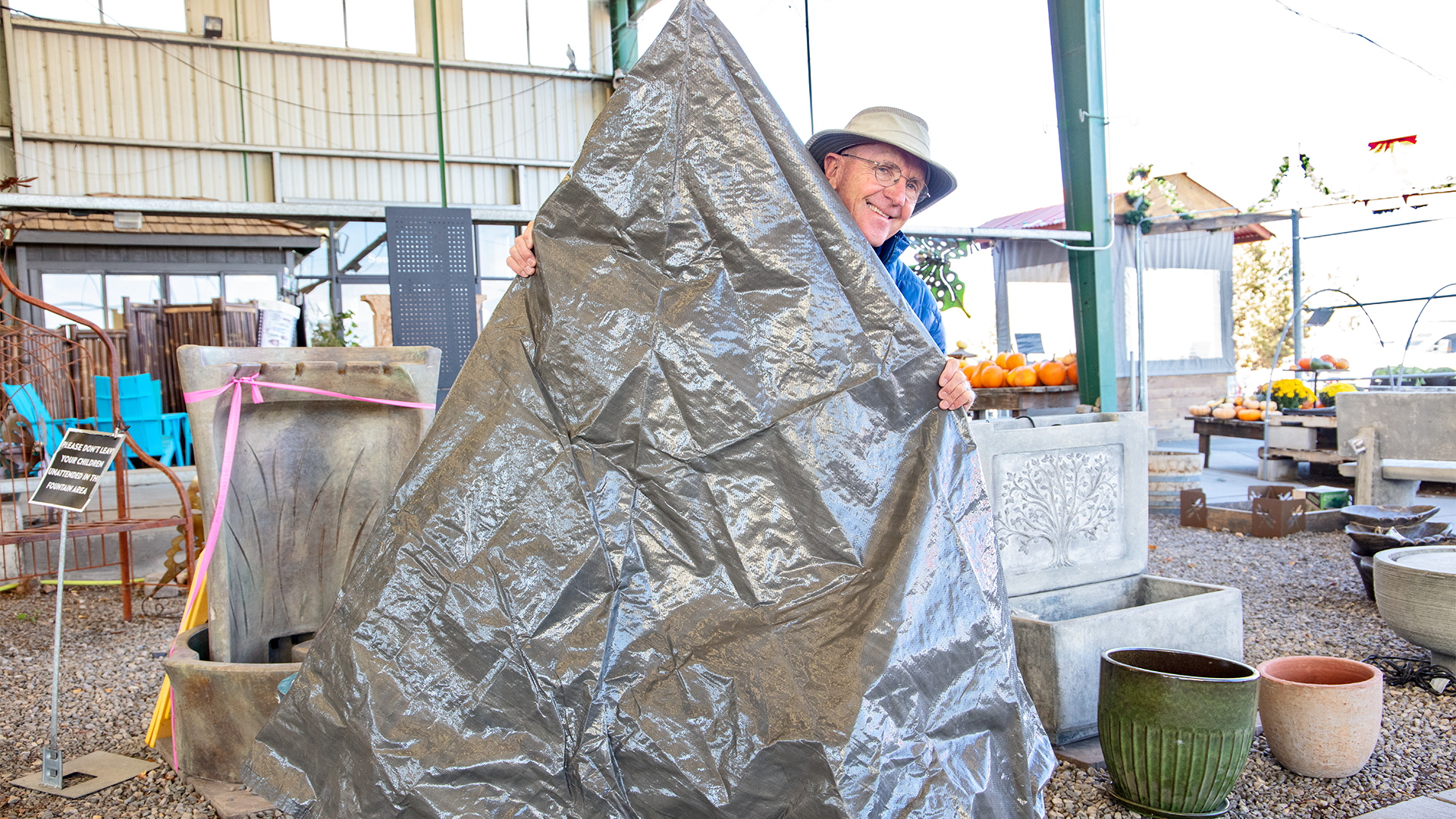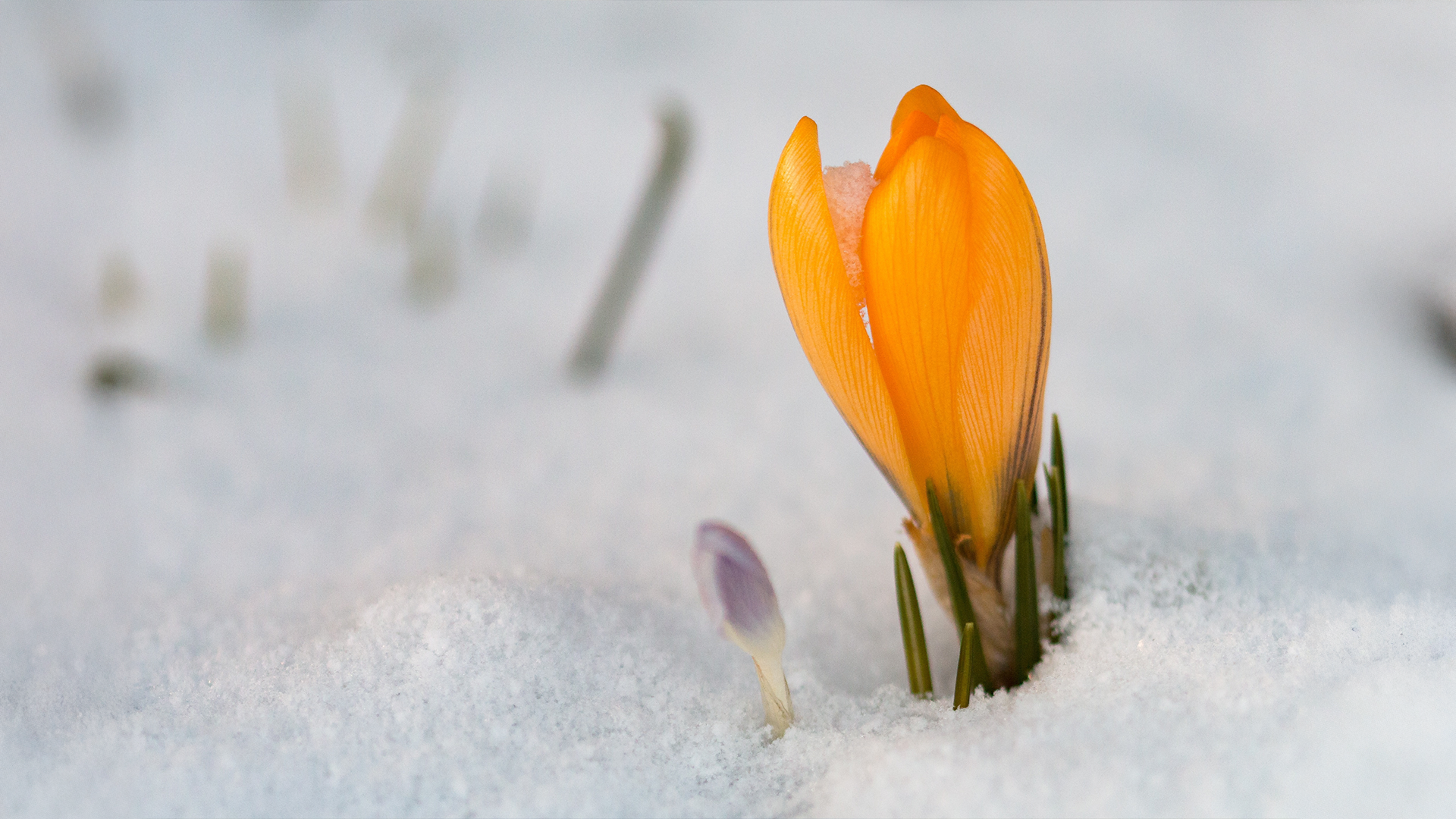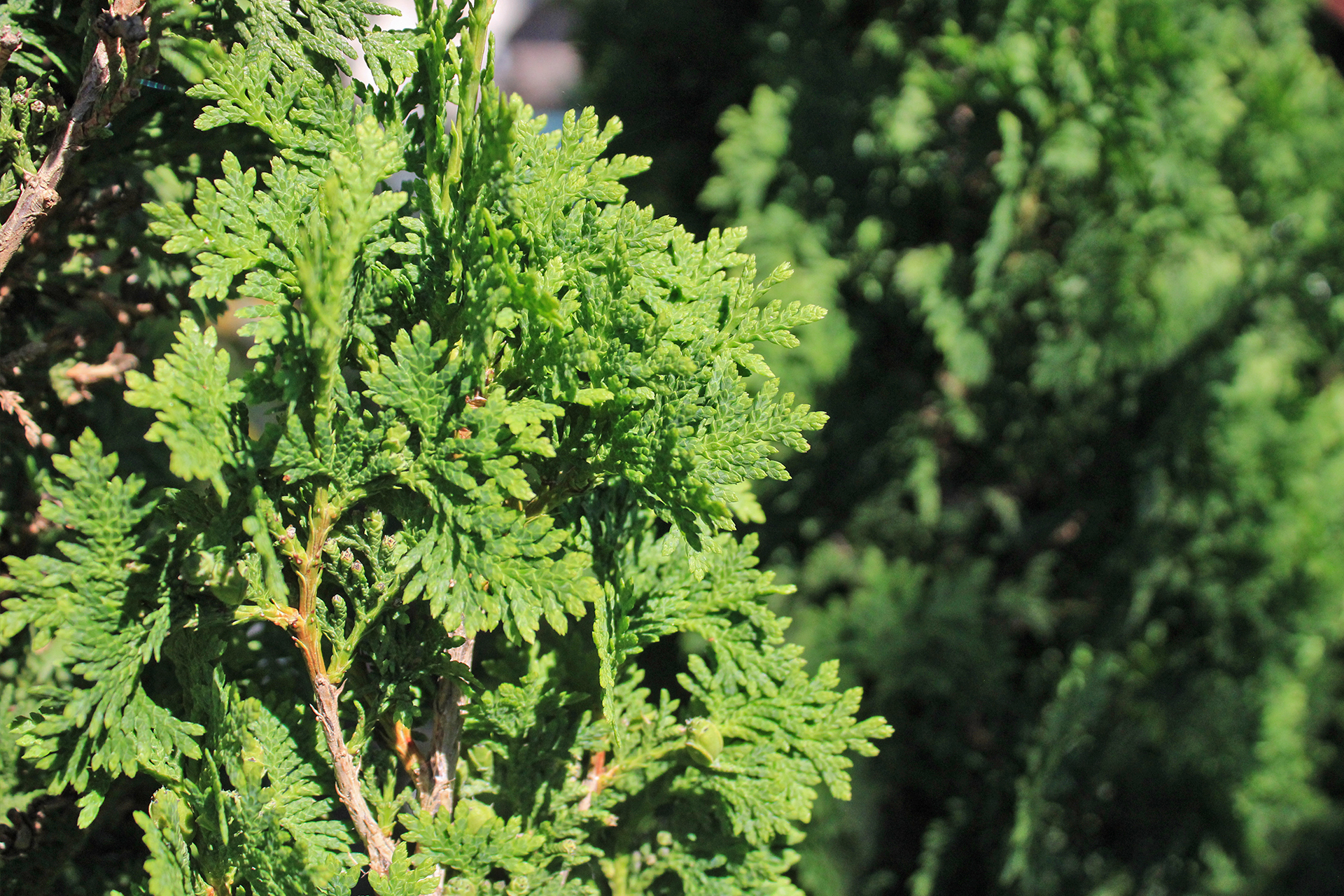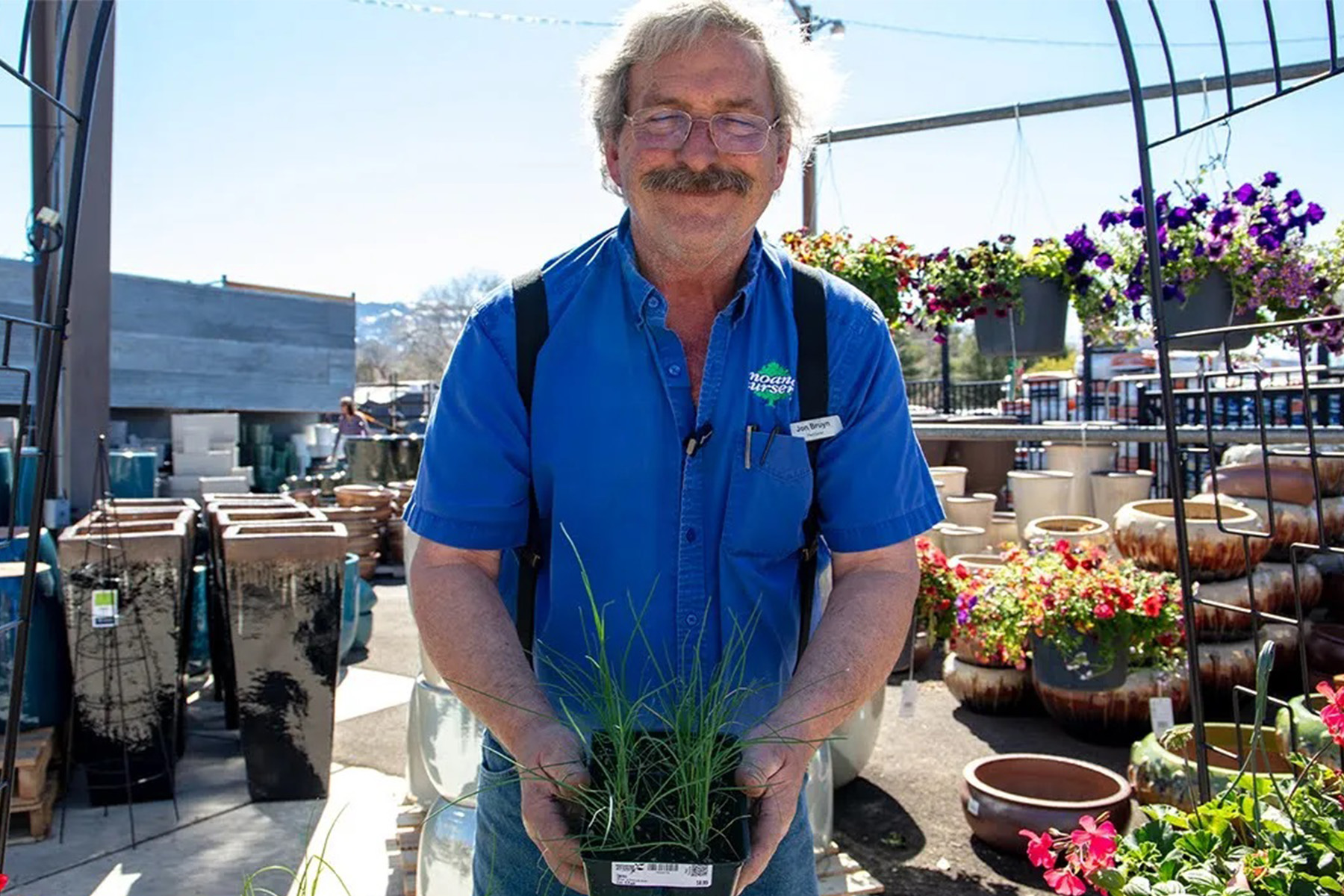Share

How to Properly Winterize Fountains, Pottery, & Yard Decor
When it comes to winterizing fountains you may think draining them and throwing a tarp over top is good enough, but that’s no way to treat your investment! Preserve your fountains, pottery, and yard décor by properly winterizing them in order to enjoy them year after year, and save yourself the pain of losing an expensive piece to something preventable.
Fountains
For fountains, and indeed everything on this list, the best thing you can do to protect them from freezing is bring them inside. When it comes to small fountains this may be doable, but many are difficult to move or challenging to store. Here’s what you can do to protect your fountains outside:
- Completely drain the fountain and let it fully dry out.
- Remove any electrical components and pumps if possible. Bring them inside or store them in a dry spot.
- Put the fountain on a brick, cinderblock, concrete slab, or other hard, raised surface that lifts it above the ground. This helps protect the fountain if the ground underneath it freezes.
- If at all possible, flip over the dish of the fountain or any pieces that may hold water. Otherwise, fill all basins with an absorbent and durable material such as burlap. This will capture any moisture and keep it off the surface of the fountain.
- Cover the fountain with a fountain cover. Make sure the cover has a pointy top. This is important as it keeps water from pooling on top where it can still cause damage even to an otherwise winterized fountain. Tarps are generally too flat to be safe. Keep the fountain cover’s point by putting a piece of wood or other object underneath to support it.
- Cinch the cover around the base of the fountain to prevent water from getting in through the bottom. If there are exposed areas of your fountain, consider adding additional covers or tarps while being mindful to not create areas where water can collect on top of the material.
Pottery
The best cure is prevention, and this is doubly true for pottery! Look for frost proof pottery when you can, especially for larger outdoor pieces. If you have pots that aren’t frost proof or if you’re unsure and want to be extra cautious, then the same general winterizing principles apply.
- Bring any pottery that you can safely move inside.
- If the pottery can’t be brought in, place it on a brick, cinderblock, concrete slab, or other hard, raised surface to keep it off the ground in case the ground freezes.
- Remove any saucers or water dishes underneath the pottery if possible. If these pieces are attached to the pot, then fill them with absorbent material such as burlap. If there is nothing inside the pottery then fill the inside with absorbent material as well. Ensure that the pottery can still drain thoroughly. If the pottery doesn’t have any drainage, add additional absorbent material or consider adding a drainage hole yourself as part of the winterizing process.
- Cover with a weatherproof material. Try to create a point in the top of the cover by placing something such as wood or an upright brick underneath to keep water from pooling on top of the material and freezing.
Yard Decor
Fountains and pottery aren’t the only things to consider when it comes to freezing weather. Your yard décor may need protection too! Pretty much all yard décor, no matter the material, can benefit from winterizing, whether that’s saving it from breaking after just one season or adding to its already long lifespan. As with fountains and pottery, the same winterizing ideas apply though with different considerations for different materials.
- Bring any pieces inside that you can.
- For concrete, stone, ceramic, and terra cotta pieces that can be moved but not brought inside: place them on a brick, cinderblock, concrete slab, or other hard, raised surface to prevent damage from underneath if the ground freezes.
- Any pieces that may be able to hold water should be turned upside down or filled with absorbent material to protect them. This especially goes for concrete, stone, ceramic, and terra cotta but also applies to wood. This step will also help metal décor last longer as it protects it from rust and weathering.
- Pieces that may be able to hold water or that you’re especially worried about can also be covered with weatherproof material or treated with a protective coating. Oils, waxes, sealants, and paints are all great ways to add a protective layer to woods and metals. Be sure to check what type of coating is best for the exact material your décor is made of, as not all metals or woods can be treated with the same thing. If you use a cover, make sure that the cover has a point in order to keep water from pooling on top of it. This can be accomplished by putting something underneath the cover such as wood or an upright brick.
- Woodpeckers are active in our region this time of year, so winterizing large wood pieces may include bird deterrents! Consider using reflective tape or decoys to keep any pesky woodpeckers away from your yard décor and home.
Remember that winterizing is essentially water-proofing, as it’s not the cold that will damage your pieces but the freezing and thawing process of trapped water. Winterize with this in mind and you’ll add years, if not decades, to the life of your fountains, pottery, and yard décor! Wouldn’t mind another rundown? Check out the video below where Plant Doctor Steve Packer shows you step-by-step how to prepare your fountains and pottery for winter:
If you have any questions, stop by any one of our three Moana Nursery garden centers or contact us online.
Share

Sometimes a sudden warm spell can trick your spring bulbs into emerging too early. Here's how to protect your bulbs and ensure they thrive once the true spring weather arrives.

Regular care and preventative measures can keep your evergreens healthy and vibrant through the winter months.

Shasta daisies are a testament to the beauty and resilience that can flourish in the high desert, enhance your garden with their elegance.

In a world filled with artificial flavors and processed foods, cultivating your own herb garden offers a return to authenticity.
